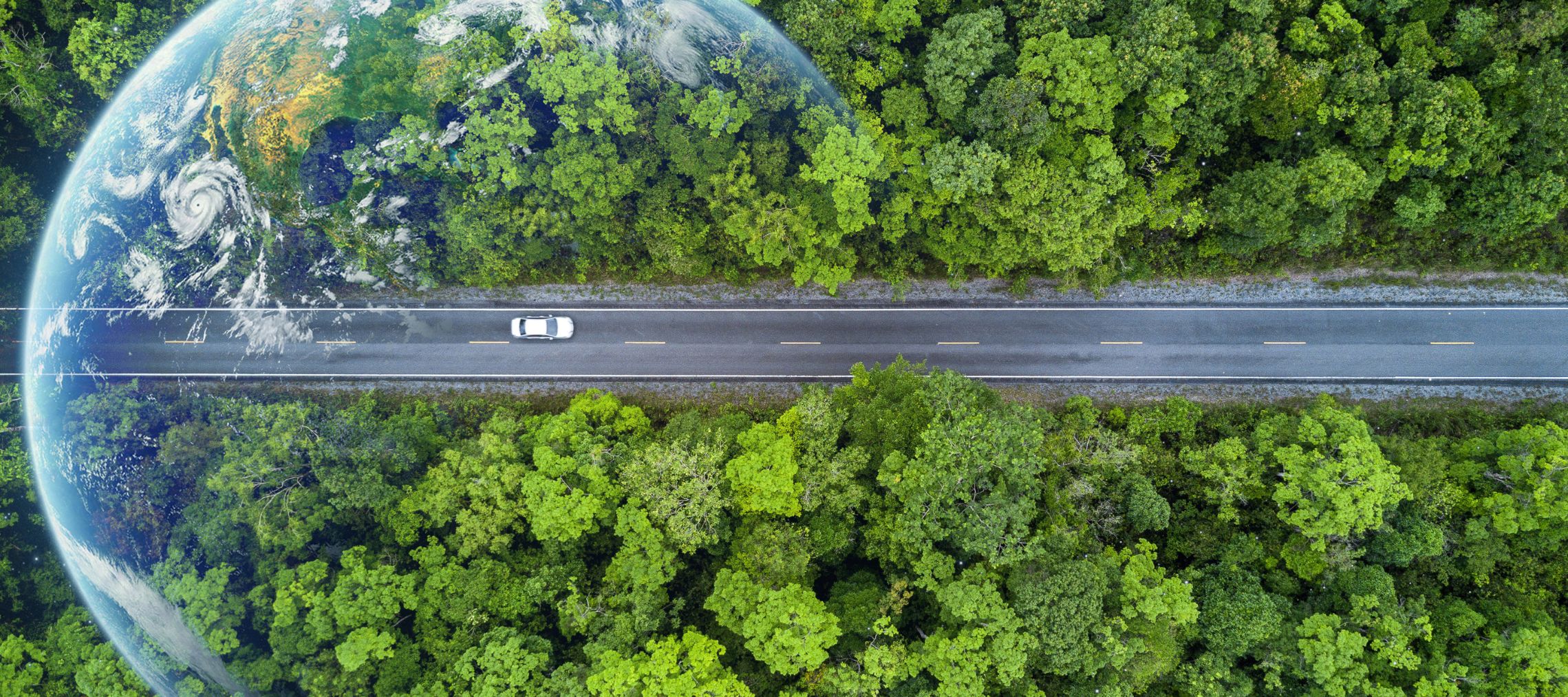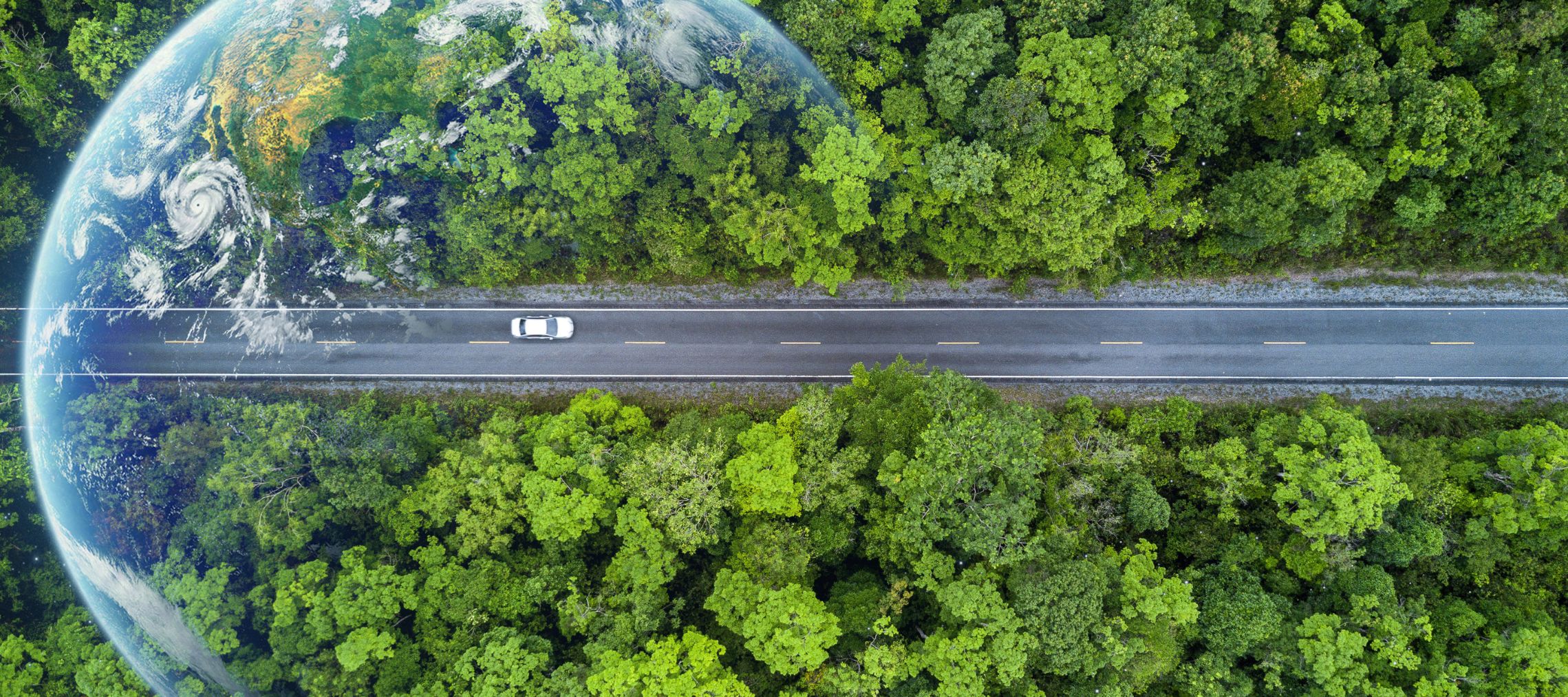Climate adaptation is a dynamic and complex process. This includes risk assessment, adaptation planning, implementation, and monitoring at different scales. Adaptation strategies vary according to specific types of climate hazards, geographical scales, and time frames. However, limited knowledge while dealing with several uncertainties is a major challenge. CSTEP's scientific strategies can help policymakers design and prioritise adaptation measures to meet our climate agenda.


No Time to Waste
The world is grappling with intensifying climate change — temperatures are rising, weather patterns are changing, and extreme events and natural disasters are becoming frequent.
We are in the climate decisive decade, and we must act now.
Too hot to handle?
March 2023 was the second-warmest March for the world in the last 174 years, says the March 2023 Global Climate Report by the US National Oceanic and Atmospheric Administration (NOAA). With the seventh-warmest January and fourth-warmest February (in the last 174 years) also being this year — as reported by NOAA — 2023 has, indeed, had a warm start. So, are warmer years becoming a reality?
PRESS RELEASE - CSTEP Study: Prepare for Warmer Temperature and High-Intensity Rainfall Events in Eastern India
A study by the Center for Study of Science, Technology and Policy (CSTEP)—a Bangalore-based think tank—on the climate of eastern India underscores the need for climate risk mapping and climate action. The study ‘District-Level Changes in Climate: Historical Climate and Climate Change Projections for the Eastern States of India’ projects changes in temperature and rainfall patterns in Bihar, Jharkhand, Odisha, and West Bengal—the eastern states of India—over the next three decades compared to the historical period (1990–2019).
PRESS RELEASE: CSTEP Study: High-Intensity Rainfall Events Expected in North-Eastern India
The Center for Study of Science, Technology and Policy (CSTEP)—a Bengaluru-based think tank—published a study on the climate of north-eastern India titled ‘District-Level Changes in Climate: Historical Climate and Climate Change Projections for the North-Eastern States of India’. The study projects changes in temperature and rainfall patterns in Arunachal Pradesh, Assam, Manipur, Meghalaya, Mizoram, Nagaland, Sikkim, and Tripura over the next three decades (2021–2050) compared to the historical period (1990–2019).
PRESS RELEASE: CSTEP Report Predicts a Warmer and Wetter Future for India
The Center for Study of Science, Technology and Policy (CSTEP)—a Bengaluru-based think tank—has published the Climate Atlas of India: District-Level Analysis of Historical and Projected Climate Change Scenarios. The report summarises the findings from CSTEP’s historical climate analysis and future climate projections at a district level for the 28 states of India (excluding union territories), published as regional reports in 2022.
Climate migration: Unravelling the nexus between climate change and migration with an intersectional focus
Contemporary migration is complex and diverse. Since the 1980s, human mobility has been increasingly linked to climate change, particularly because of the impacts of sea-level rise and coastal erosion and the changes in frequency, occurrence, and intensity of natural disasters. While migration as a response to climate-induced phenomena can take many shapes and forms, research has shown that it is extremely difficult to isolate a clear link between the two.
A framework for quantifying the climate co-benefits of MGNREGS works: Usharmukti - A test case
MGNREGS is a poverty alleviation programme implemented pan India. As an employment guarantee scheme, it successfully captures information on the number of jobs and assets created. However, assessment of the multiple climate co-benefits arising from assets created through the programme has been a blind spot. While there have been many studies that attest to the climate co-benefits of MGNREGS works, they have been limited in their geographical scope, resulting in constrained reporting of the accrued benefits.